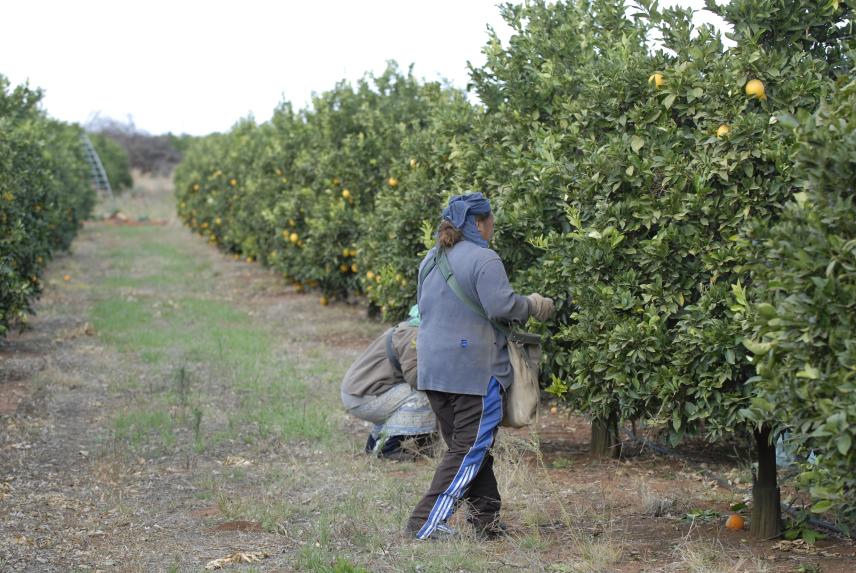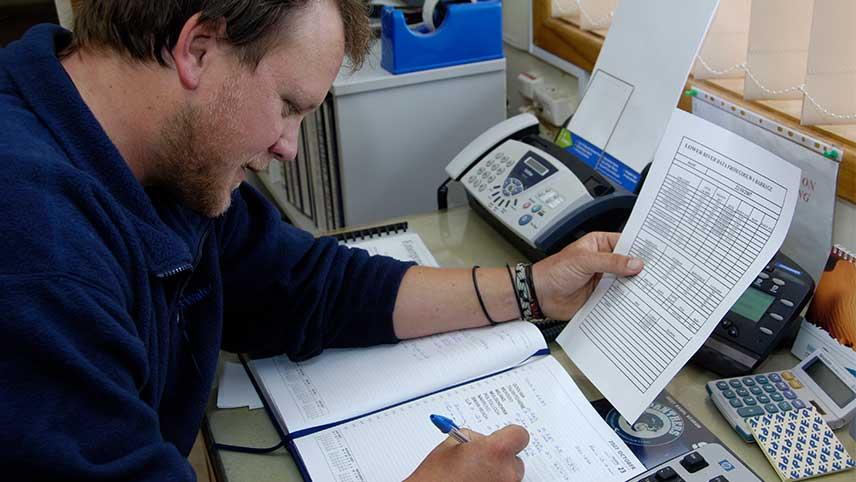
The projects are collecting memories of change in the Murray–Darling Basin. Through interviews with local residents, the researchers have investigated:
- community knowledge of the environment
- trends in river condition
- experiences of water management
- socio-economic trends related to water.
Dr Margaret Cook, Dr Karen Twigg, and Professor Katie Holmes at La Trobe University have been leading this research.
At last month’s conference, they presented a panel on 'Rivers, Emotions and Environmental Change'. Their presentation drew on interviews, using a life history approach. This approach collects data on people's life experiences, attitudes, and views. The interviews focused on how people cope with environmental change.
Professor Holmes presented on the different ways women living in Basin communities talk about our changing climate.
“In recording these interviews, we have been repeatedly struck by the array of emotions people hold towards their watery places,” Professor Holmes said.
“Women are articulate and sober about the challenges they face as they confront an uncertain future of climate change and water policy.
“Also striking is the ways they understand and monitor changes in the more-than-human world.”

Researchers have gathered oral histories from:
- Cunnamulla (Warrego River, Queensland)
- Moree (Mehi River, New South Wales)
- Bourke (Darling River, New South Wales)
- Forbes (Lachlan River, New South Wales)
- Griffith (Murrumbidgee Irrigation Area, New South Wales)
- Murchison (Goulburn River, Victoria)
- Cohuna (Gunbower Creek, an anabranch of the Murray River, Victoria)
- Loxton (River Murray, South Australia)
- Goolwa and Lower Lakes (River Murray, South Australia).

Monitoring social conditions helps us understand communities. It can show how they are faring and where social issues and strengths exist.
We need to understand how people and communities have adapted to, and can adapt to, changes related to water. These projects are using local knowledge to complement historical data.

General Manager of Science Acquisition Matt Coleman believes oral histories are key evidence of community condition and change in the Basin. They capture the lived experience of Basin river management, providing a vital line of evidence on how we can improve mechanisms such as the Basin Plan.
“Oral histories from those who live and work in the Basin help us understand how the environment and communities have changed over living memory,” Matt said.
“They also show how we can adapt in the future. We will work with locals, test evidence with communities, and provide the opportunity for lived experience to inform our recommendations.”
This research is supported through funding from the Australian Government Murray–Darling Water and Environment Research Program, and the Murray–Darling Basin Authority’s Basin Condition Monitoring Program.